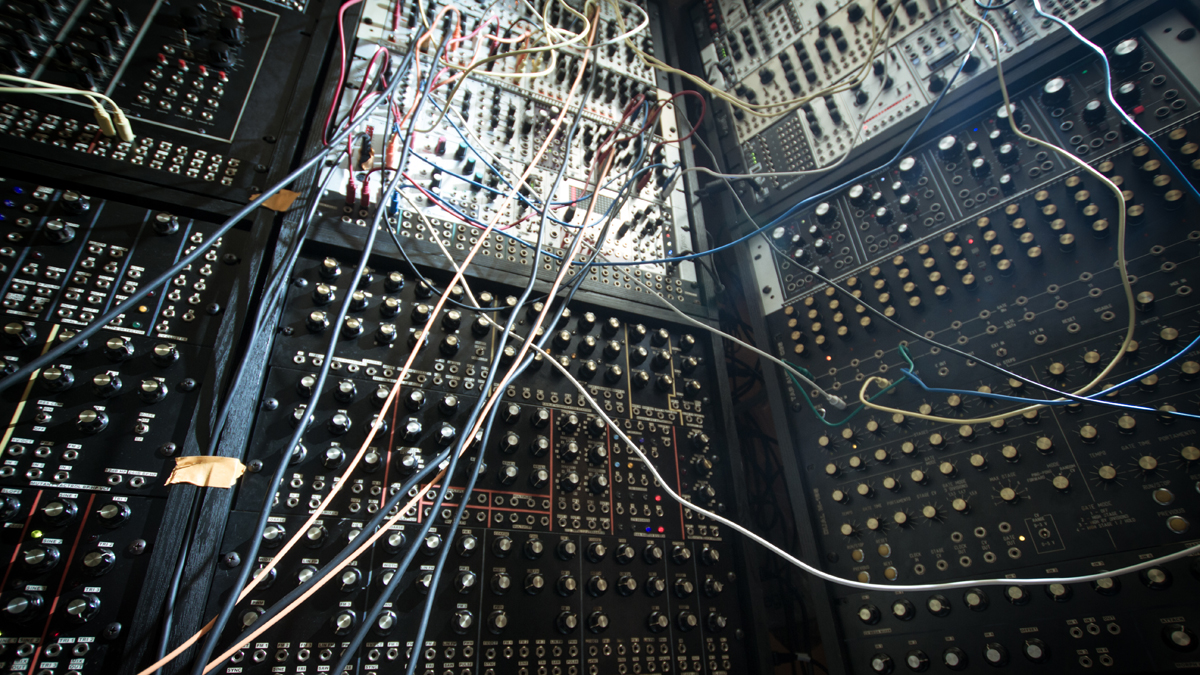In pictures: Venetian Snares' modular-stuffed studio
Aaron Funk on the gear and technique behind his latest album
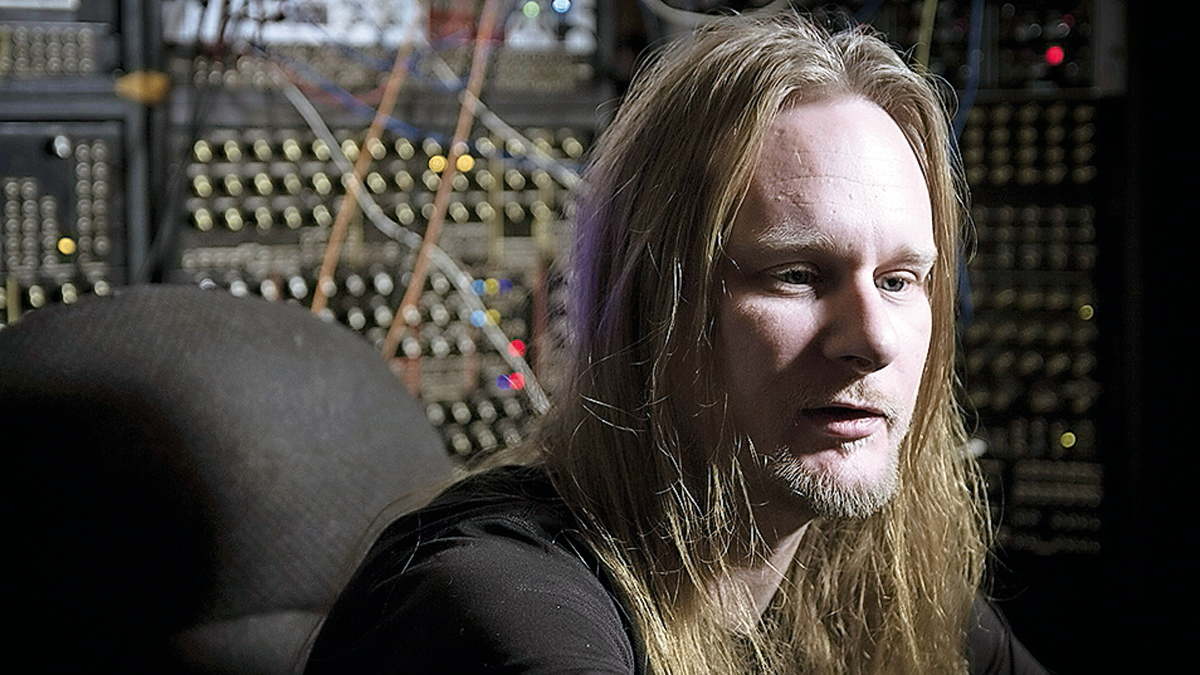
Venetian Studio
Like many electronic artists of his era, Canadian Aaron Funk’s initial mastery of gear derived from the use of rudimentary equipment.
With a colossal 29 albums under his belt, the breakcore innovator forged a reputation for self-depreciation, with releases such as My So-Called Life and Winnipeg is a Frozen Shithole. Yet Funk’s tongue-in-cheek designations belie his aptitude for innovation. Paying scant regard to genre templates, his intricate music pulverises the listener with meticulous, complex programming and deep, generative structures.
Despite Funk’s notorious dislike of interviews, we discover an artist never more at home than when talking about his art…
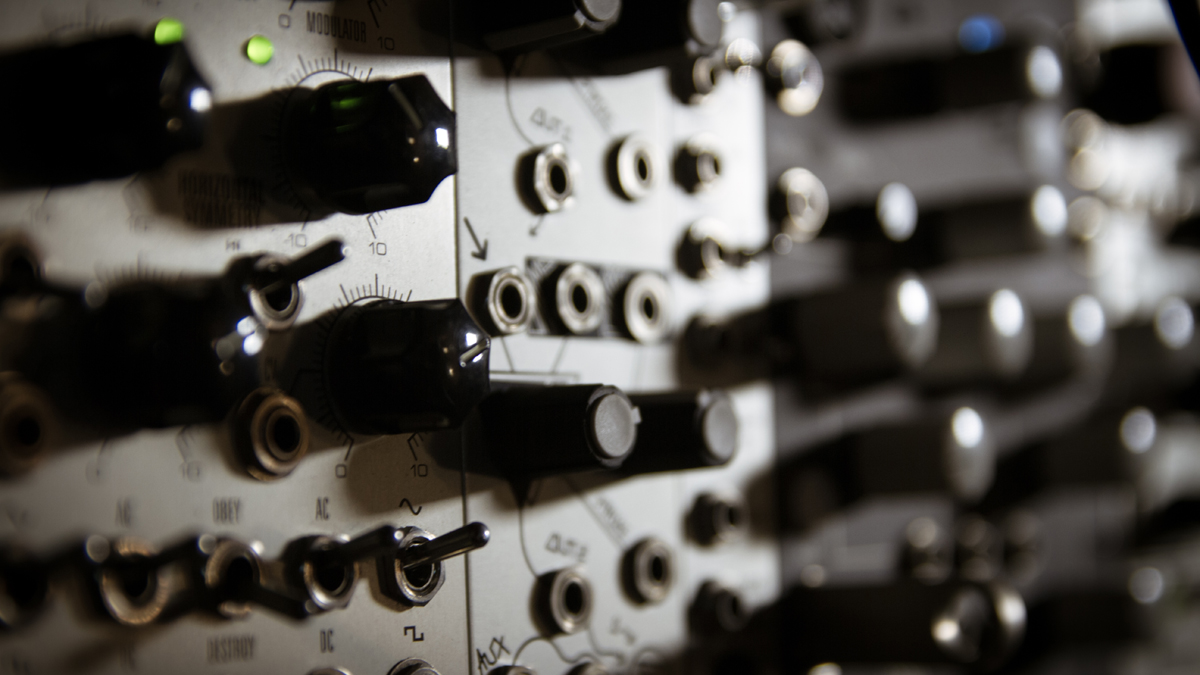
On modular as fashion
“I really hope it’s not a fashion thing that people are starting to use modular stuff more. It’s not set in stone, you know? It’s an instrument you are putting together yourself and always evolving.
“When you buy a synthesizer or a drum machine, you are limited to the parameters of that equipment, but when you have a modular synth you can constantly add parameters and route anything in any order. So if more and more people are getting into modular stuff, I’d hope it’s because they’re excited by the possibilities. If it’s a fashion thing, that’s gonna kill it.”
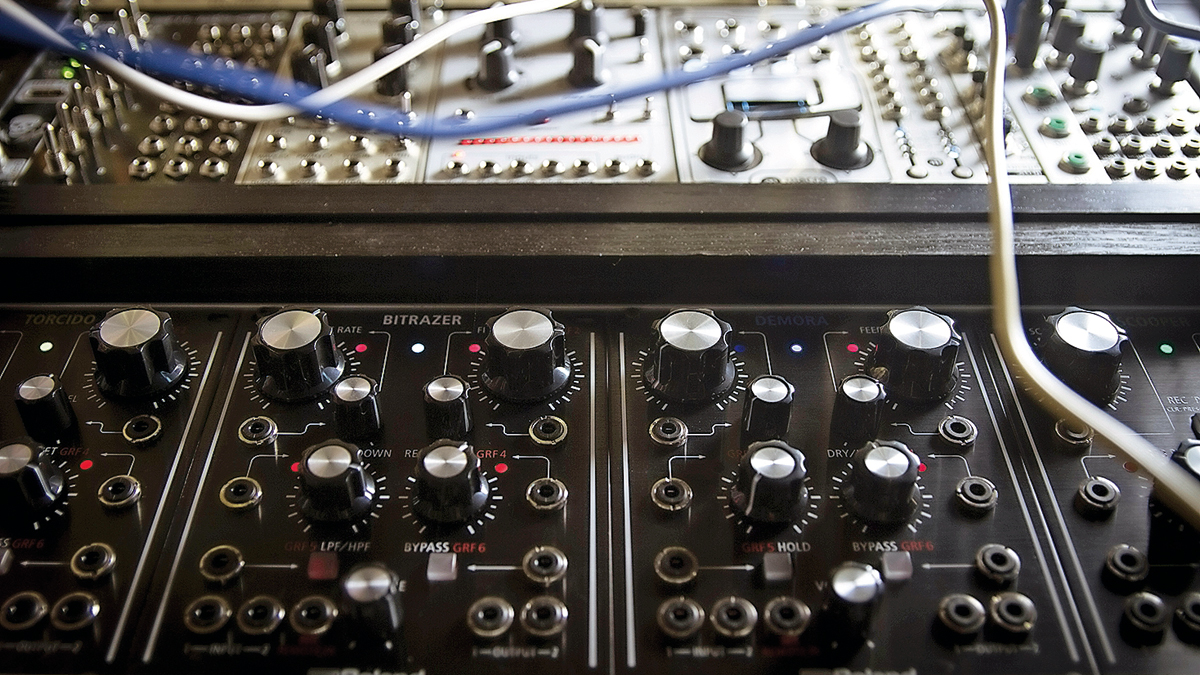
Traditional Synthesizer Music
“Yeah, it [Traditional Synthesizer Music] definitely stands out from previous records because I’m not multi-tracking at all; every tune is performed live and recorded to a stereo track. I started making that record by accident.
“I did some stuff under the name Last Step, which was just basically live jams using modular patches, 303s and drum machines. I’d been using an 808 and 909 and other old drum machines for years and kind of got tired of the sound of them. Then I had this idea to build a Eurorack drum synth, which at first I was going to keep separate from my other modular stuff, but I ended up integrating it all together and making entire tracks with the whole system by cross-patching everything.”
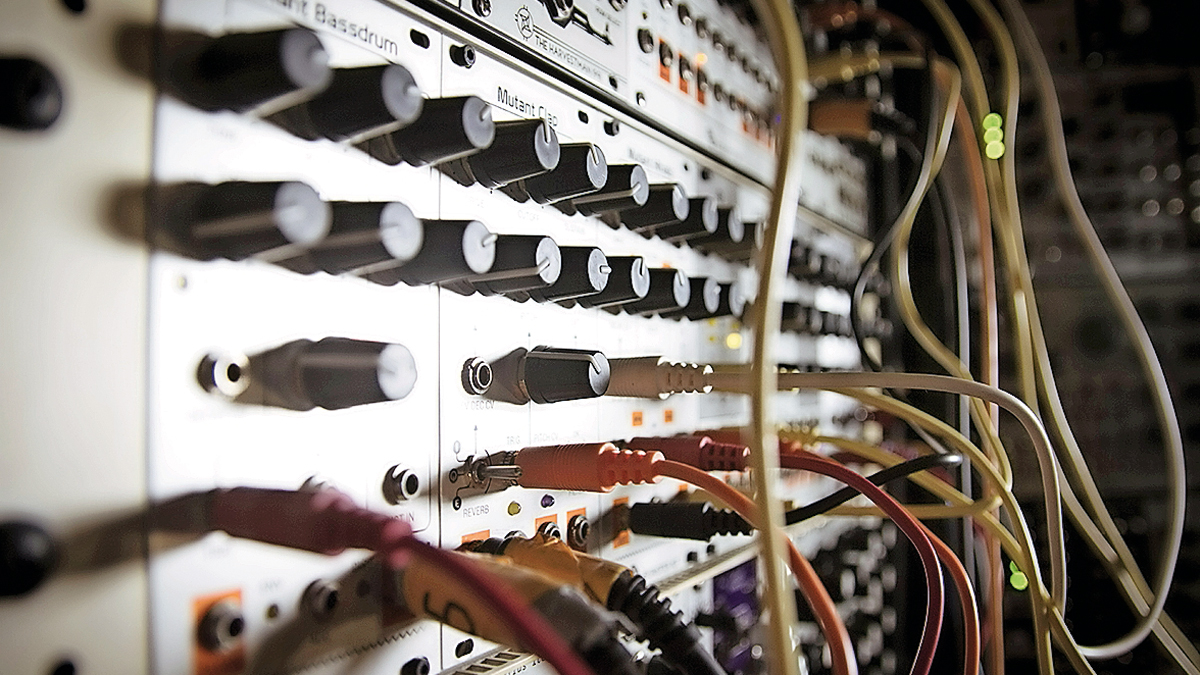
Technical expertise
“I guess you do. For me it all makes sense and is easy, but sometimes when I try and explain it to other people it seems like they have no idea what I’m talking about.
“Maybe I’m really bad at explaining it; I get ahead of myself and don’t explain things from their vantage point – I’m a bad teacher [laughs].”
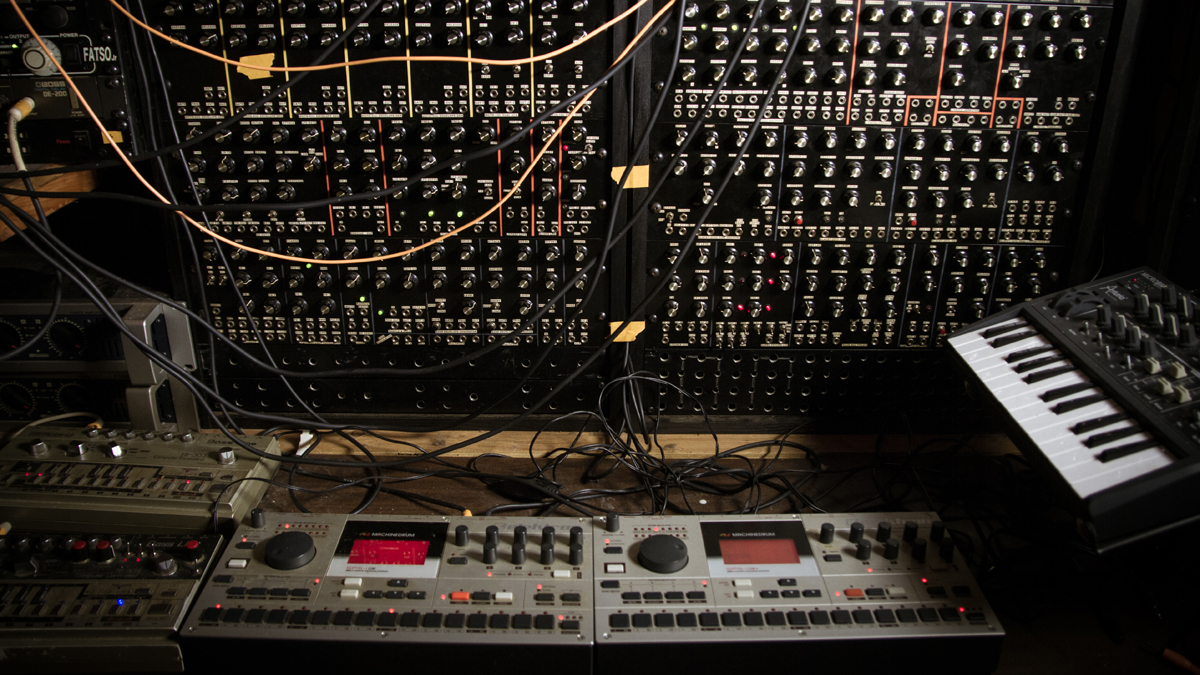
The brains behind the new album
“With this record, I’m clocking and controlling a lot of sequencers with other sequencers, and the main brain of it is an Elektron Machinedrum that I’m sending to this old Analogue Solutions MT16 module, which is basically MIDI to 16 trigger outs. So each drum sound on the Machinedrum corresponds to a note on that module that’s sending out a trigger.”
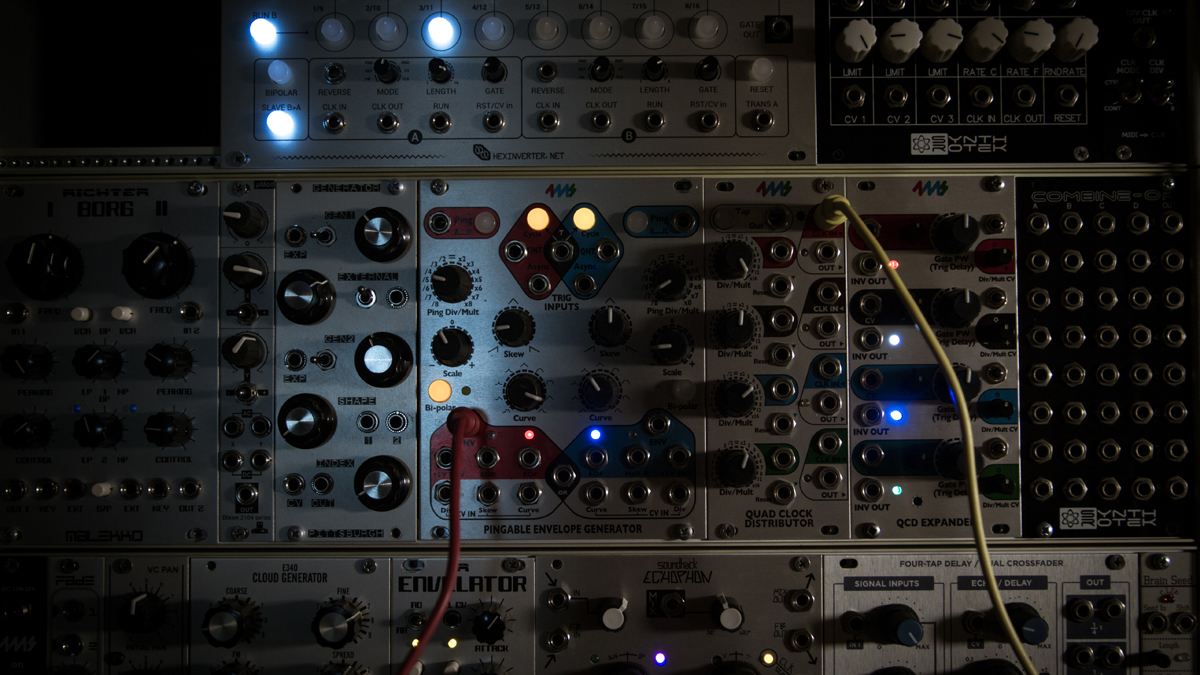
Generatively speaking
“It’s not that you don’t know the direction it will go, rather that I know I can point it in maybe five directions it could ‘possibly’ go.
“The Machinedrum isn’t making any sounds itself; it’s just being used as a sequencer, then I can clock other sequencers with that and have sub-sequencers triggering a sound or an event that will be a set of clock pulses driving a sequencer that can trigger another sequencer. Those might be feeding a sample or an analogue shift register, which are then spitting the control voltage (CV) into something else.
“It gets quite involved, but it’s really interesting.”
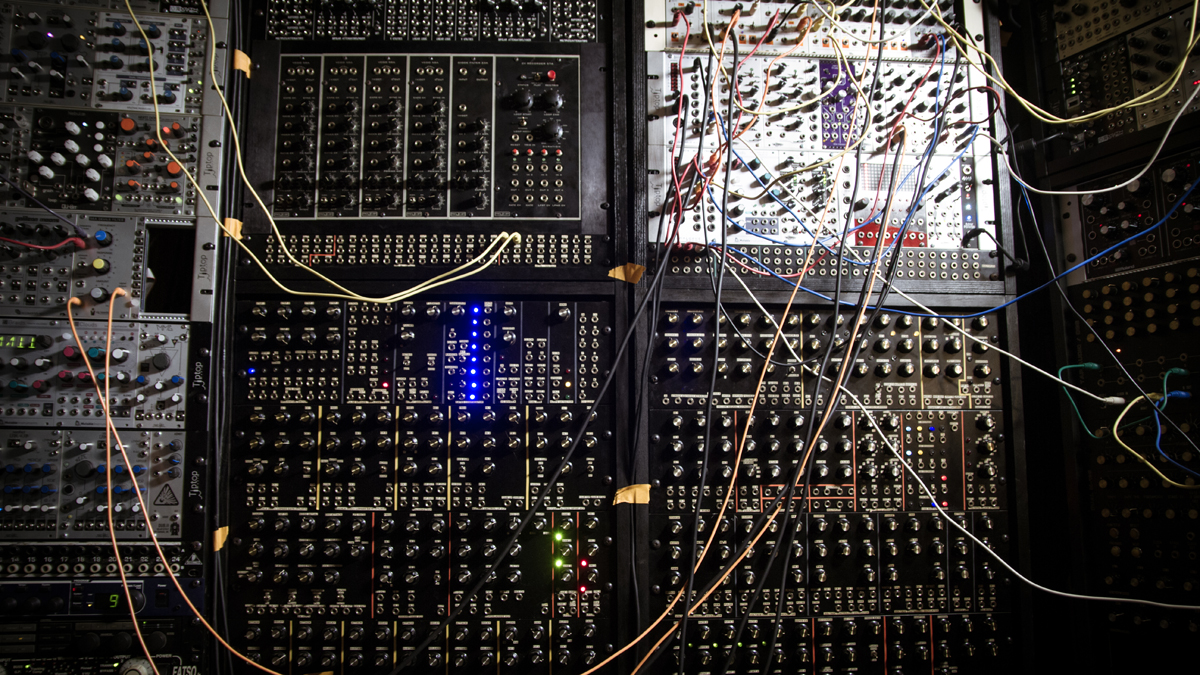
Rythmical
“I created a lot of the beats with rhythmic trigger generator modules like Mutable Instruments’ Grids and Noise Engineering’s Zularic Repetitor. You feed these modules a master clock and they spit out three or four triggers based on a vast array of drum patterns and the algorithms stored within them.”
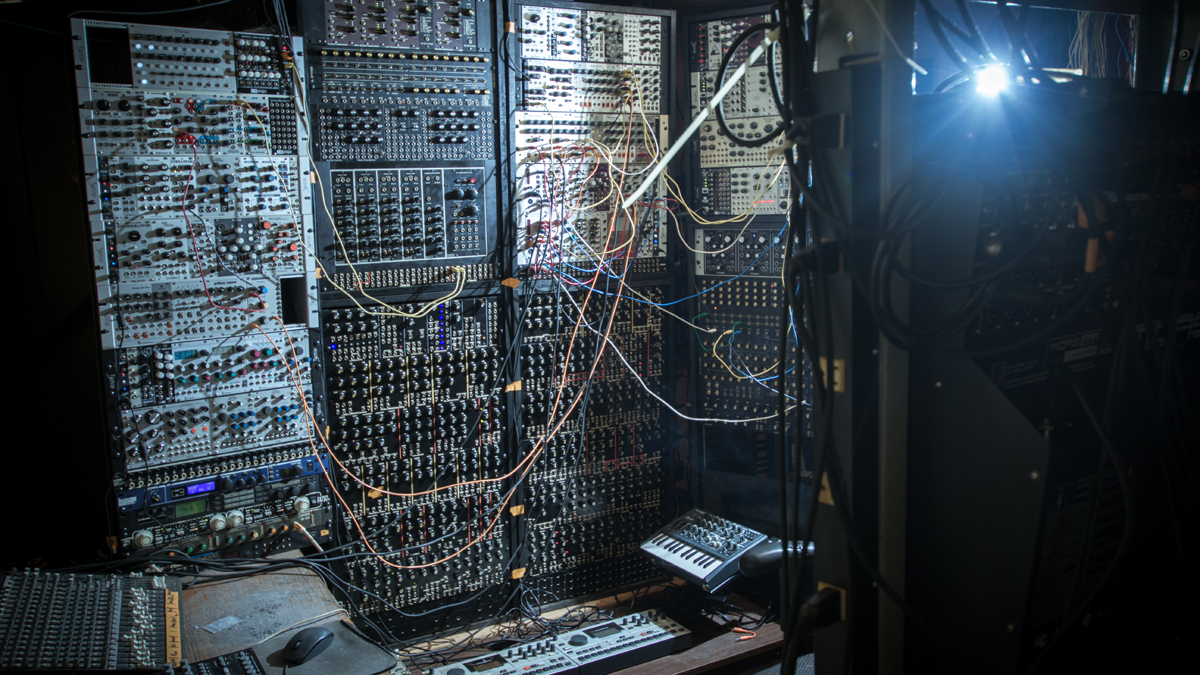
Multiple choice
“Grids is based on kicks, snares and hi-hat beats. You can then change the pattern being played with CV, so if you feed in a random voltage source things get really interesting, especially when I start and stop their clocks.
“Say I am feeding three percussive patches with Grids and clocking Grids with the Machinedrum, if I only put nine triggers in the middle of my 20-step Machinedrum pattern, it will start and stop Grids’ clock. So every time that pattern rolls by, those three percussive patches will be triggered in a different way.
“It’s like building a jazz drummer, telling something to consistently make a choice to recite some version of what it knows, yet constantly throwing a wrench at that by interrupting it.”
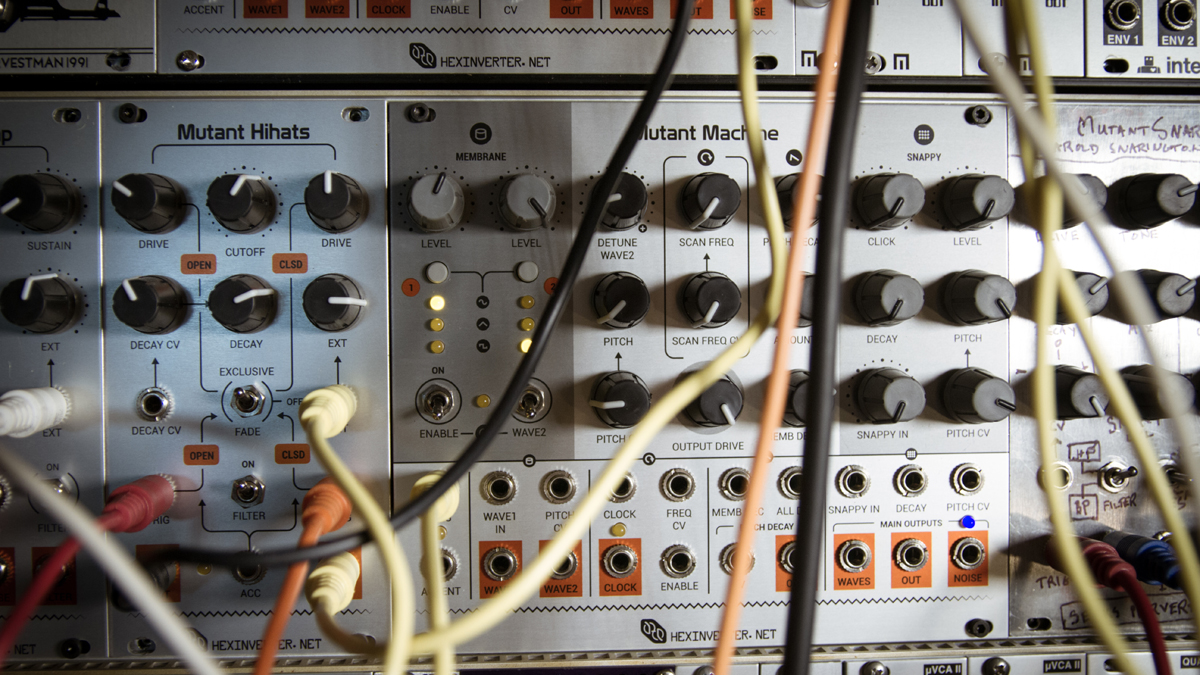
It's an expensive game
“I guess I’m lucky to have friends who have companies that make that stuff. I beta test prototypes for a lot of companies and share my ideas with them, and sometimes those ideas turn into modules, which is really cool. It’s a great community of people actually – a community of adventurers looking to create things that have a function that was previously unseen.”
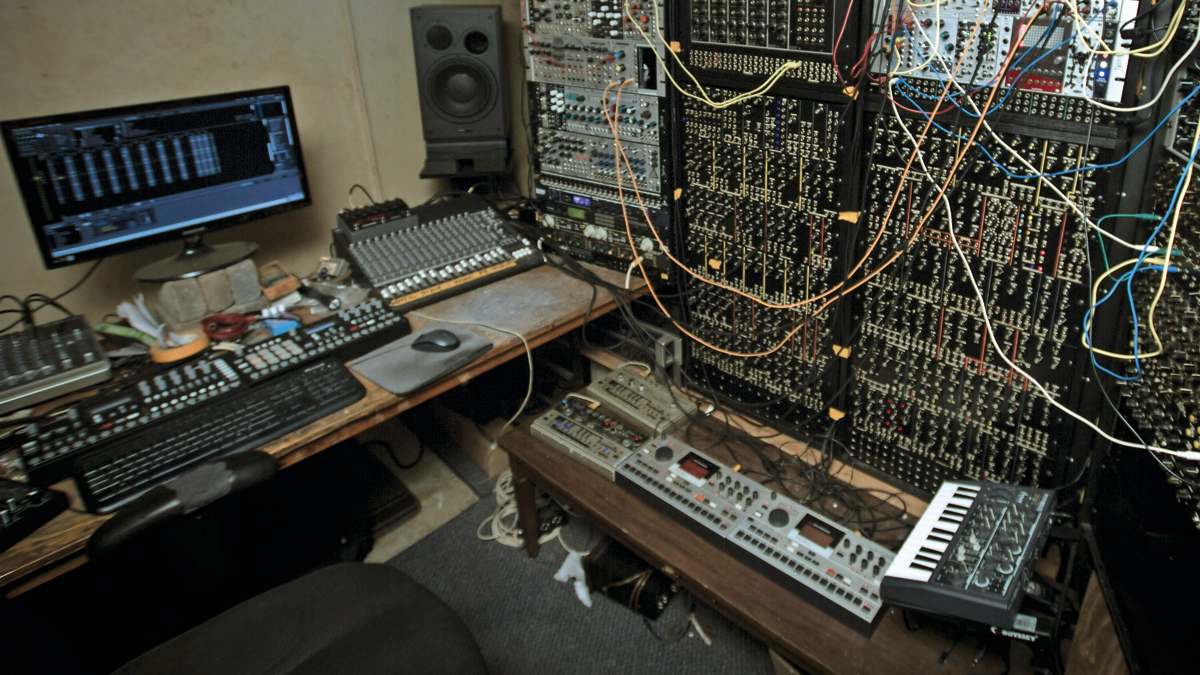
More Elektron gear
“I’ve been doing some stuff with Elektron gear, messing around with the Analog Rytm and the Analog Four a lot – they’re these awesome, deep machines with really cool sequencers in them.
“They asked me a while ago to make something for their Analog Rytm drum machine, so I made this sort of living piece of music inside of it, which is really cool. Every time you play this piece of music it sounds different; it’s not going to do the same thing.
“The other stuff I’m making right now is all modular as well, but quite different. It has no melodies, basslines or whatever the tropes of musicality are; none of that – it just sounds like violence.”
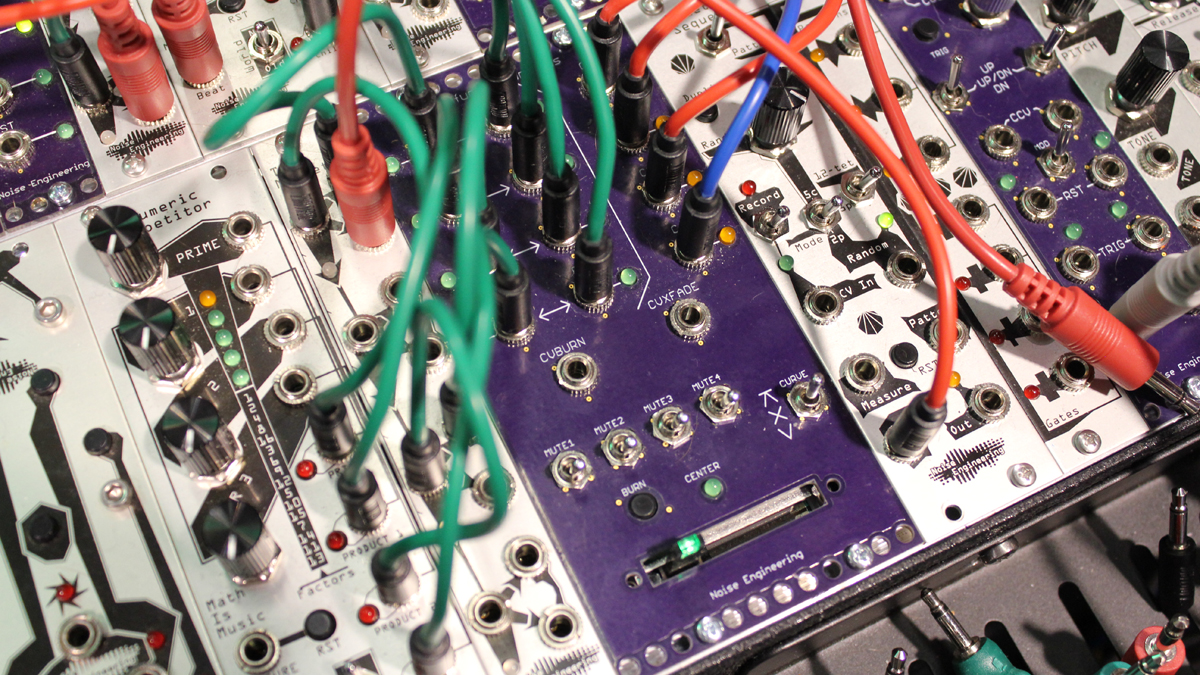
Friends in high places
“Last year, I convinced Steven Clements of Noise Engineering to create me something that was kind of ridiculous. He made the Confundo Funkitis, which is basically a module that’s like a DJ crossfader with a side A and a side B. You can put four trigger inputs into each side, so it has eight trigger inputs, and then instead of a slope – like you’d have on a crossfader on a DJ mixer – you have different probabilities.
“It’s a neat way to combine triggers and have endless variations, especially if you’re feeding it triggers that also vary endlessly. You could even use it so the left side is being fed triggers doing a fairly straight rhythm but the right side is producing more varied and chaotic triggers – for example, kicking the crossfader over to the right when you want some drum fills.”
For the full interview check outFuture Music issue 302, which is on sale now.
Future Music is the number one magazine for today's producers. Packed with technique and technology we'll help you make great new music. All-access artist interviews, in-depth gear reviews, essential production tutorials and much more. Every marvellous monthly edition features reliable reviews of the latest and greatest hardware and software technology and techniques, unparalleled advice, in-depth interviews, sensational free samples and so much more to improve the experience and outcome of your music-making.


